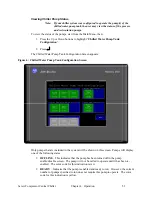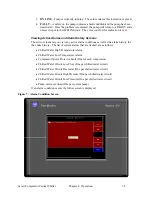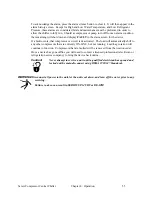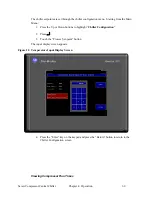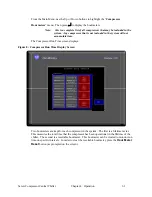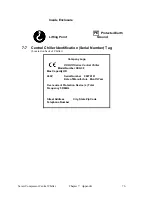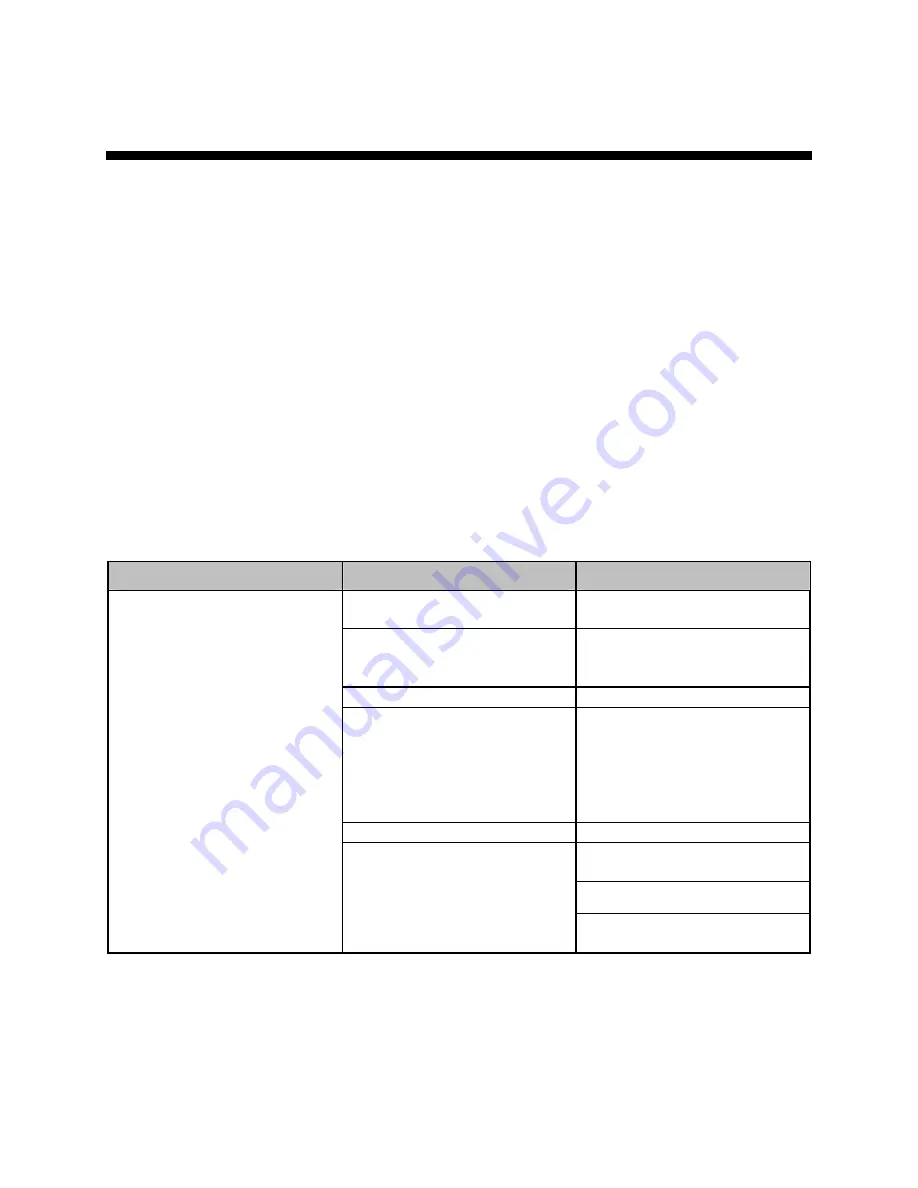
Screw Compressor Central Chiller
Chapter 6: Troubleshooting
67
Chapter 6: Troubleshooting
6-1 Introduction
The utmost in safety precautions should be observed at all times when working on or around
the machine and the electrical components. All normal trouble-shooting must be
accomplished with the power off, line fuses removed, and with the machine tagged as out of
service.
The use of good quality test equipment cannot be over-emphasized when troubleshooting is
indicated. Use a good ammeter that can measure at least twice the AC and DC current that
can be encountered for the machine. Be sure that the voltmeter has at least minimum
impedance of 5,000 OHMS-per-volt on AC and 20,000 OHMS-per-volt on DC scales.
Popular combination meters, VOM and VTVM can be selected to provide the necessary
functions.
Before making haphazard substitutions and repairs when defective electrical components are
malfunctioning, we recommend that you check the associated circuitry and assemblies for
other defective devices. It is common to replace the obviously damaged component without
actually locating the real cause of the trouble. Such hasty substitutions will only destroy the
new component. Refer to wiring diagrams and schematics.
Locating mechanical problems, should they occur, is relatively straightforward. When
necessary, refer to the parts catalog section.
Problem
Possible cause
Corrective action
No power.
Check main disconnect, fuses,
wiring, and power lead to unit.
Wrong voltage supplied to unit.
Voltage must be within plus or
minus ten percent (±10%) of
nameplate rating.
Defective On/Off switch.
Replace switch.
Control circuit fuse blown.
Replace fuse, check
transformer, check wiring for
loose wires, check for shorted
coils on contactors and
solenoids, check crankcase
heater.
Defective control transformer.
Replace.
Check that the chiller pump is
running.
Check that all valves are open.
Unit does not run.
Unit is off on flow switch
(Flow alarm Present).
Check for defective flow
switch.

